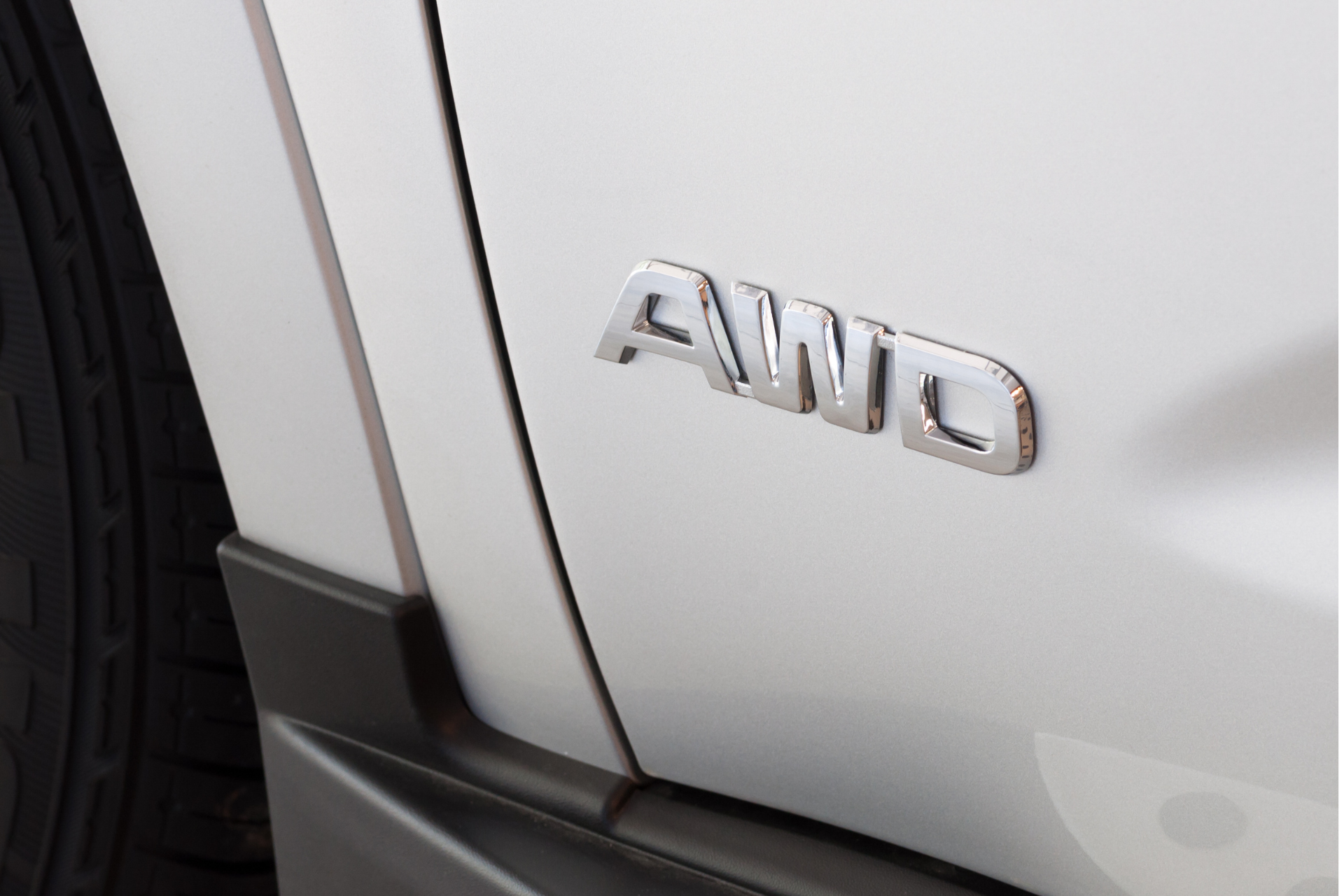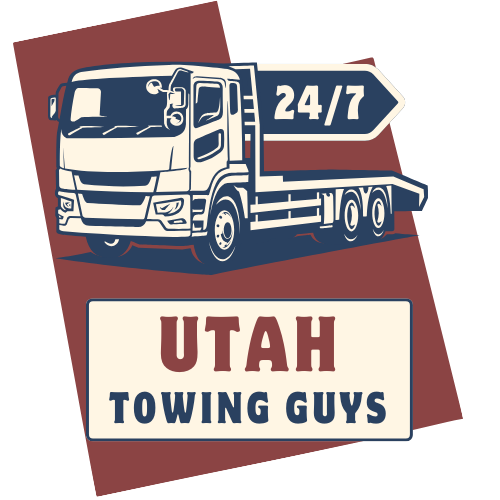The Difference Between All-Wheel Drive and Four-Wheel Drive

Are you looking to buy a new car or planning a trip to the great outdoors in Utah? If so, understanding the difference between all-wheel drive (AWD) and four-wheel drive (4WD) can help you make the right choice for your vehicle. Here at Utah Towing Guys, we encounter different types of vehicles on a daily basis, so we wanted to break down the key differences between these two drivetrain systems to help you make an informed decision.
All-Wheel Drive (AWD) and Four-Wheel Drive (4WD) are both designed to provide power to all four wheels, but they operate differently and are suited for different driving conditions. Let's dive in and explore the distinctions between AWD and 4WD:
All-Wheel Drive (AWD):
AWD is a drivetrain system that sends power to all four wheels through a series of sensors and mechanical components. AWD is primarily used in vehicles that are designed for on-road use and provides improved traction and stability in various driving conditions, such as rain, snow, and ice. AWD systems are always active and automatically distribute power to the wheels with the most grip, enhancing overall performance and handling.
AWD is ideal for everyday commuting and light off-road driving, making it a popular choice for crossover SUVs, sedans, and other passenger vehicles. Since AWD is continuously engaged, it offers a seamless driving experience without the need for driver input or engagement.
Four-Wheel Drive (4WD):
4WD, on the other hand, is a drivetrain system that allows the driver to manually engage or disengage power to all four wheels. Unlike AWD, which is always active, 4WD is typically used in trucks, SUVs, and off-road vehicles for more challenging terrains. By engaging 4WD, drivers can distribute power evenly to all four wheels to overcome obstacles like mud, rocks, or steep inclines.
When navigating rough terrains or off-road trails in Utah's scenic landscapes, a 4WD system provides added traction and control, allowing you to conquer various obstacles with ease. However, it's important to note that 4WD should only be engaged when necessary, as it can affect fuel efficiency and handling on regular roads.
Choosing the Right System for Your Needs:
When deciding between AWD and 4WD, consider your driving habits, the terrain you'll encounter, and your vehicle's intended use. If you're looking for a versatile and convenient option for everyday driving and occasional light off-road adventures in Utah, an AWD system may be the best fit for you.
On the other hand, if you're a fan of exploring Utah's rugged backcountry, tackling challenging off-road trails, or towing heavy loads, a 4WD system offers the rugged performance and capability needed to handle more demanding conditions.
At Utah Towing Guys, we understand the importance of having the right vehicle for your needs. Whether you drive an AWD sedan or a 4WD truck, our experienced team is ready to provide roadside assistance, towing services, jump-starts, tire repairs, gas delivery, and lockout assistance whenever you need us.
In conclusion, while both AWD and 4WD systems provide enhanced traction and control in various driving conditions, understanding the differences between the two can help you choose the right system for your lifestyle and adventures in Utah's diverse landscapes. So, whether you're cruising through the city streets or embarking on an off-road expedition, make sure your vehicle is equipped to handle the journey ahead. Stay safe and happy trails!




